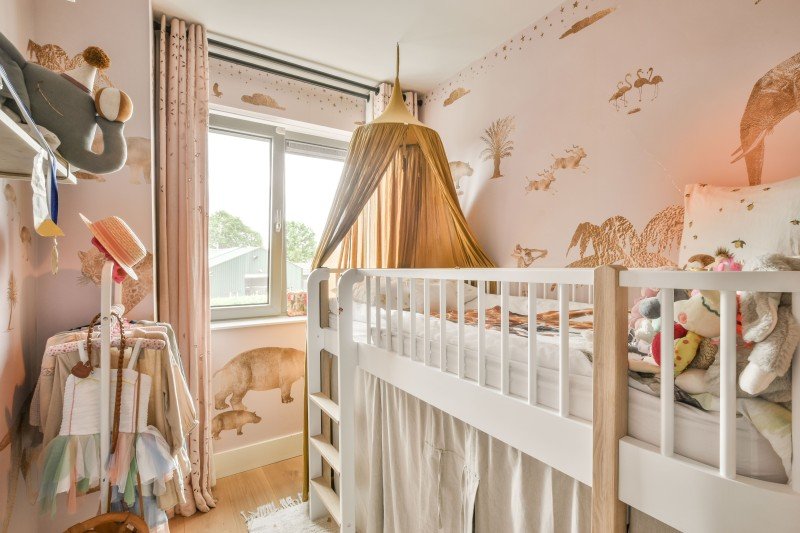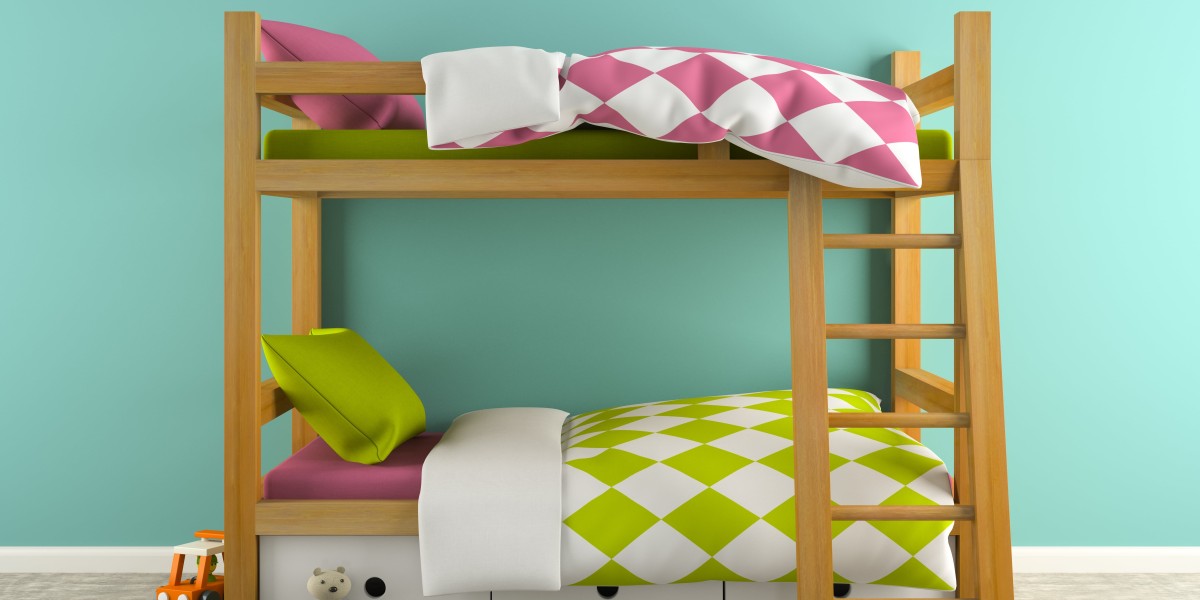The Ultimate Guide to Kids Bunk Beds: Maximizing Space and Fun
With the rise of vertical living and smaller areas, the appeal of bunk beds has actually skyrocketed among families. Bunk beds not only use a practical sleeping service, particularly in shared rooms, but they also bring an element of enjoyable into a kid's life. This extensive guide looks into the functions, advantages, and factors to consider of kids' bunk beds, making it much easier for parents to choose the best bed for their youngsters.
Functions of Kids Bunk Beds
Bunk beds are versatile pieces of furnishings that serve more than a single function. Here are some key features to consider:

| Feature | Description |
|---|---|
| Material | Bunk beds can be constructed from wood, metal, or a mix of both, providing differing levels of toughness and style options. |
| Safety Features | The majority of bunk beds come geared up with guardrails, secure ladders, and topped supports for safety, specifically crucial for young kids. |
| Design Variety | Alternatives range from traditional styles to modern-day styles, guaranteeing a match for any space decoration. |
| Space-Efficiency | Bunk beds utilize vertical space, making them ideal for smaller sized rooms. |
| Convertible Options | Some models can be transformed into two different beds, supplying versatility as kids grow. |
| Storage Solutions | Some bunk beds include integrated storage drawers or racks, helping to keep the room arranged. |
Advantages of Kids Bunk Beds
Buying a bunk bed features numerous benefits:
- Space Saving: Bunk beds maximize flooring space, enabling for more backyard or storage solutions.
- Enjoyable Factor: With a bunk bed, kids belong that promotes creativity and companionship throughout sleepovers or playdates.
- Economical: Instead of buying two separate beds, a bunk bed can accommodate 2 Kids Bunk Beds simultaneously, saving money in the long run.
- Adaptability: Many bunk beds can be dismantled or transformed into twin beds, making them a long-term financial investment as kids's requirements change.
- Social Interaction: Bunk beds encourage family bonding and relationships, supplying a welcoming space for kids to share stories and laughter.
Factors to consider When Choosing a Kids Bunk Bed
When picking the best bunk bed for a kid, moms and dads must take into account different elements:
- Safety Standards: Ensure that the bunk bed complies with safety policies and comes with important safety functions.
- Age Appropriateness: Different models cater to different age. For instance, conventional bunk beds may not be appropriate for younger kids.
- Room Dimensions: Measure the bed room to guarantee the bunk bed fits appropriately, permitting space to walk around comfortably.
- Weight Capacity: Consider the weight load of each bed and ensure it accommodates the child's weight conveniently.
- Style Preferences: Letting kids participate in the selection procedure can assist them feel more thrilled about their brand-new bed.
Kinds Of Kids Bunk Beds
Bunk beds can be found in different styles and configurations to match various requirements:
| Type | Description |
|---|---|
| Standard Bunk Bed | A timeless style with one bed stacked on top of another, normally utilizing a ladder to access the top bunk. |
| L-Shaped Bunk Bed | Features two bunk beds linked in an L-shape, typically more large and appropriate for kids sharing a space but requiring a bit more space. |
| Triple Bunk Bed | Consists of 3 stacked beds, suitable for taking full advantage of sleeping plans in really limited areas. |
| Loft Bed | A raised bed with space beneath that can serve as a backyard, study corner, or additional storage. |
| Futon Bunk Bed | Combines a bunk bed on top with a futon or sofa underneath, making it great for sleepovers and optimizing space usage. |
| Convertible Bunk Bed | Can be separated into 2 private beds, providing versatility as kids's requirements change. |
Taking Care Of Kids Bunk Beds
Keeping bunk beds is important for guaranteeing durability and security. Here are some simple care practices:
- Regular Inspections: Check the bed regularly for loose screws and tightened bolts to ensure stability.
- Cleanliness: Keep bedding tidy and fresh, turning mattresses for even use.
- Guardrails: Ensure guardrails are safe and secure and in location, specifically if kids tend to move around a lot in their sleep.
- Air Circulation: Ensure the bed has sufficient air flow, avoiding moisture buildup that can lead to mold or mildew.
Frequently Asked Questions About Kids Bunk Beds
Q1: At what age can a child securely utilize a bunk bed?
A1: Generally, children aged 6 and older are thought about safe to use the upper bunk due to the height and stability factors involved.
Q2: Can I position a bunk bed near a window?
A2: It is suggested to avoid placing a bunk bed near windows to minimize the risk of falling or injuries.
Q3: Are bunk beds safe for more youthful kids?
A3: While some modern bunk beds feature security features accommodating younger children, it is typically recommended to wait till they are older, usually over six years.
Q4: What is the normal weight limit for leading bunks?
A4: Weight limits vary by model however usually range from 150 to 250 pounds. Always describe the manufacturer's specifications.
Q5: How frequently should I examine the bunk bed's security features?

A5: It is a good idea to perform a safety check every few months or whenever you observe any signs of wear.
Kids' bunk beds work as a tactical service for households seeking to optimize space while providing an enjoyable and engaging sleeping environment for their kids. With a range of alternatives readily available-- from basic designs to loft beds-- parents have the flexibility to choose something that satisfies their household's specific needs. By thinking about important aspects such as safety, room suitability, and their children's choices, parents can make an informed choice, guaranteeing that each child is thrilled about bedtime while benefiting from a well-organized space.








